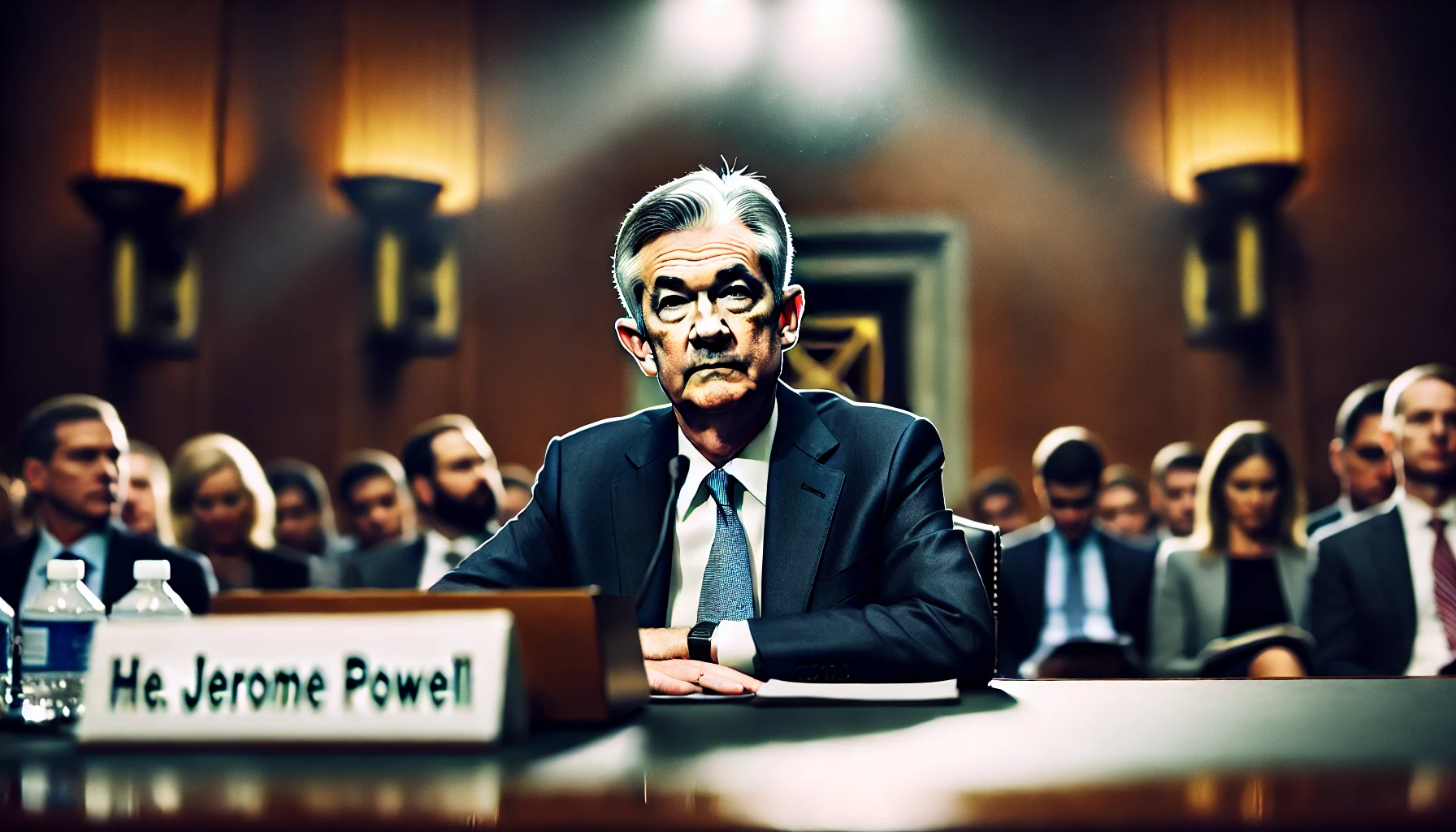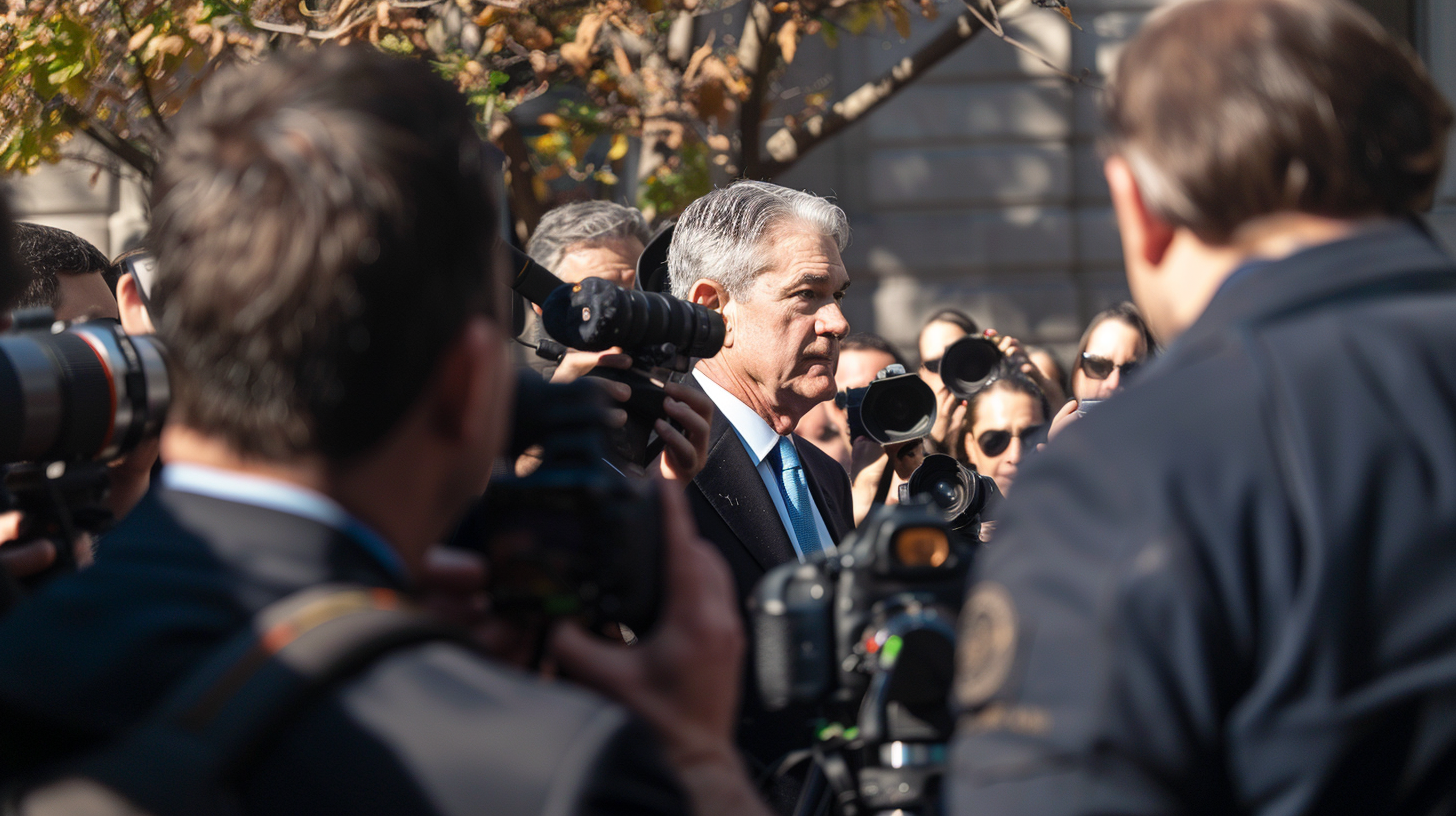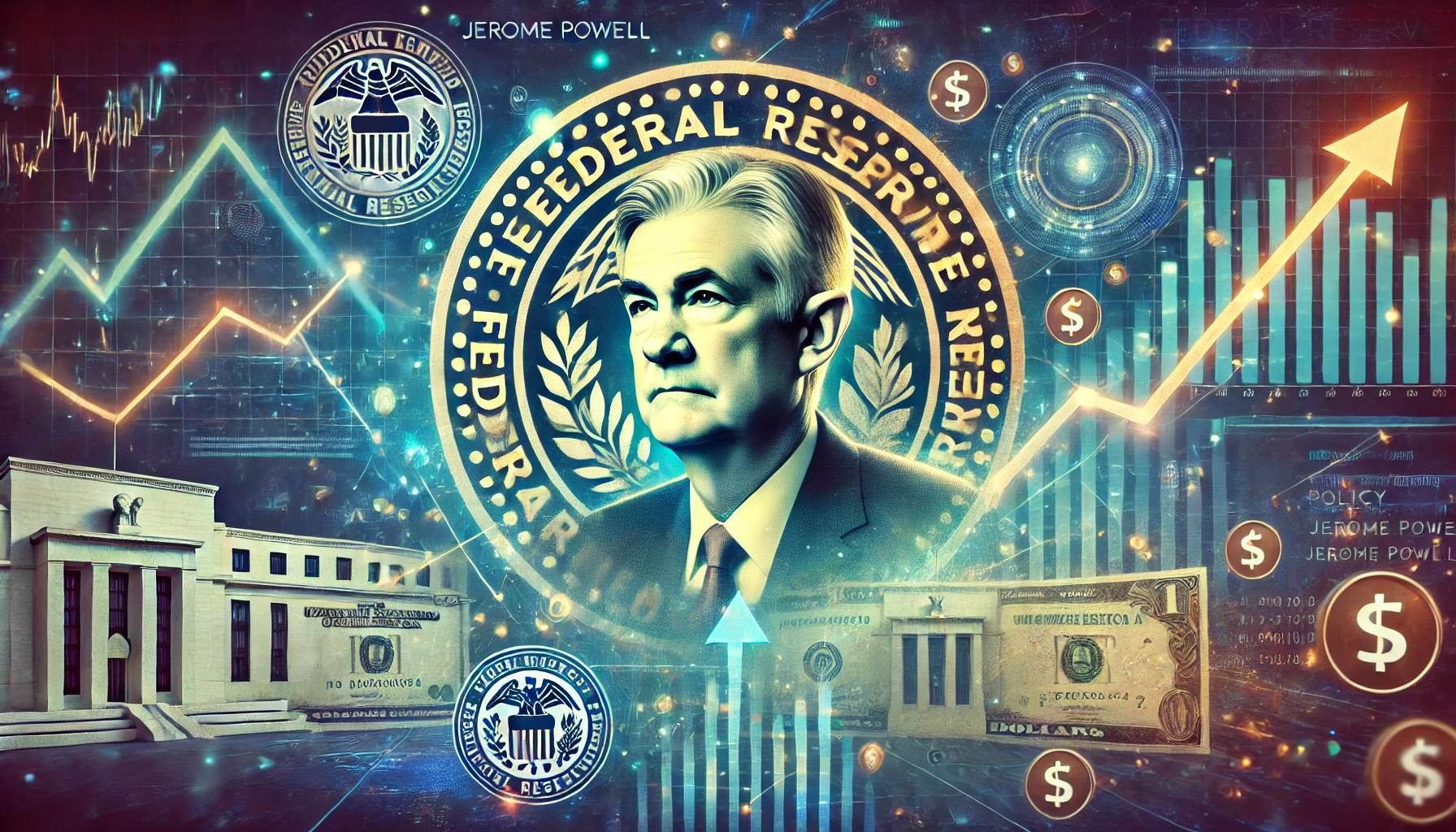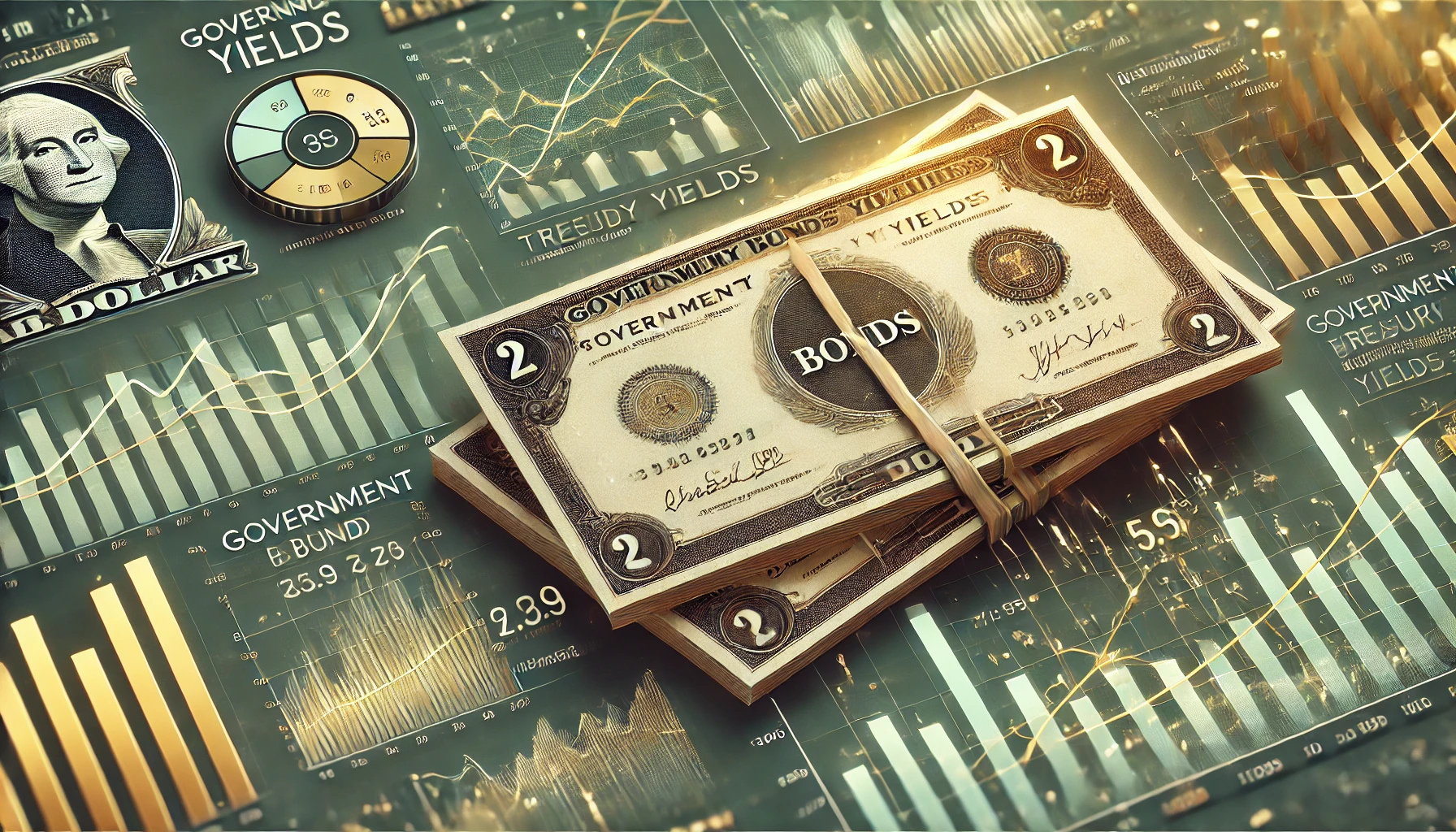| Key Points: – The Consumer Price Index (CPI) increased 3% year-over-year in January, exceeding expectations and accelerating from December’s 2.9%. – Rising energy costs and food prices, particularly eggs, contributed to the largest monthly headline increase since August 2023. – The Federal Reserve faces challenges in determining interest rate cuts, as inflation remains above its 2% target. |
Newly released inflation data for January revealed that consumer prices rose at a faster-than-expected pace, complicating the Federal Reserve’s path forward. The Consumer Price Index (CPI) increased by 3% over the previous year, ticking up from December’s 2.9% annual gain. On a monthly basis, prices climbed 0.5%, marking the largest monthly increase since August 2023 and outpacing economists’ expectations of 0.3%.
Energy costs and persistent food inflation played a significant role in driving the index higher. Egg prices, in particular, surged by a staggering 15.2% in January—the largest monthly jump since June 2015—contributing to a 53% annual increase. Meanwhile, core inflation, which excludes volatile food and energy prices, rose 0.4% month-over-month, reversing December’s easing trend and posting the biggest monthly rise since April 2023.
The stickiness in core inflation remains a concern for policymakers. Shelter and service-related costs, including insurance and medical care, continue to pressure consumers despite some signs of moderation. Shelter inflation increased 4.4% annually, the smallest 12-month gain in three years. Rental price growth also showed signs of cooling, marking its slowest annual increase since early 2022. However, used car prices saw another sharp uptick, rising 2.2% in January after consecutive increases in the prior three months, further fueling inflationary pressures.
Federal Reserve officials have maintained that they will closely monitor inflation data before making any adjustments to interest rates. The central bank’s 2% target remains elusive, and the higher-than-expected January data adds another layer of complexity to future rate decisions. Economists caution that while seasonal factors and one-time influences may have played a role in January’s inflation spike, the persistence of elevated core inflation suggests that rate cuts could be delayed.
Claudia Sahm, chief economist at New Century Advisors and former Federal Reserve economist, described the report as a setback. “This is not a good print,” she said, adding that January’s inflation surprises have been a recurring theme in recent years. She noted that while this does not derail the broader disinflationary trend, it does reinforce the need for patience in assessing future rate adjustments.
The economic outlook is further complicated by recent trade policies. President Donald Trump’s imposition of 25% tariffs on steel and aluminum imports, along with upcoming tariffs on Mexico, Canada, and China, raises concerns about potential cost pressures on goods and supply chains. Market reactions were swift, with traders adjusting expectations for the Fed’s first rate cut and stocks selling off in response.
While the Federal Reserve is unlikely to react to a single month’s data, the latest inflation report suggests that policymakers will need to see consistent progress before considering rate reductions. Analysts now anticipate that any potential rate cuts may be pushed into the second half of the year, dependent on future inflation trends.












